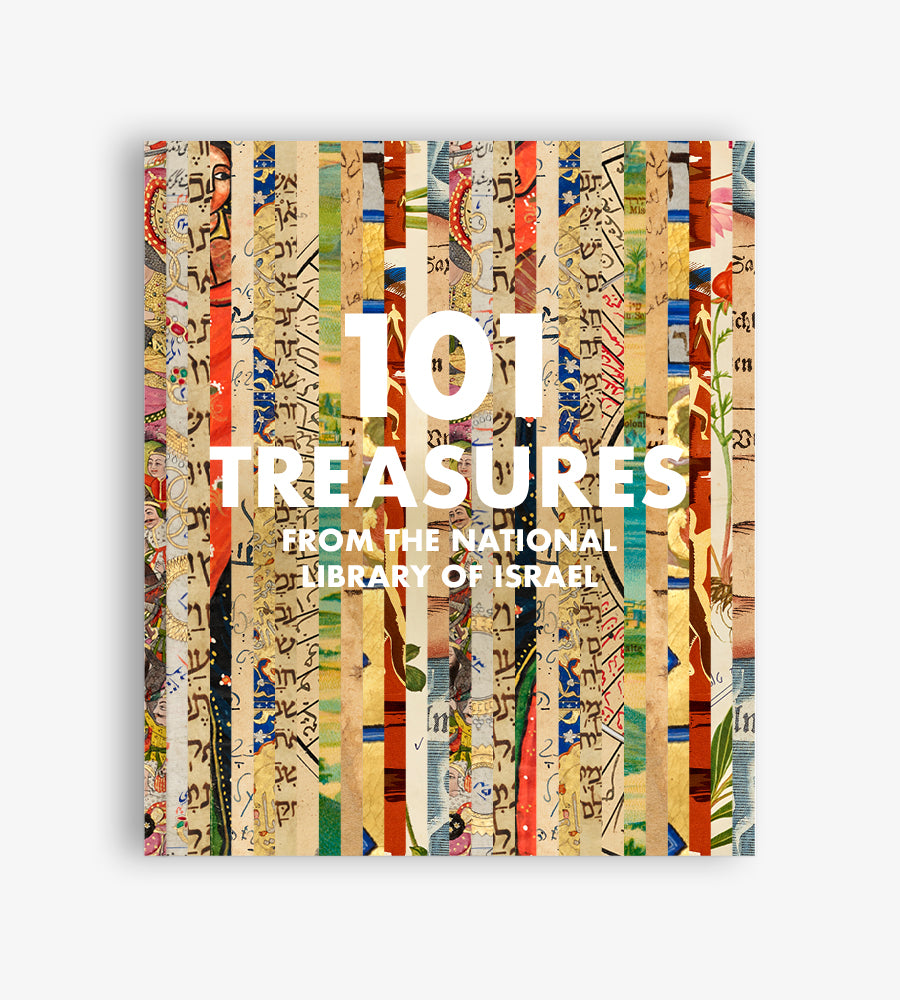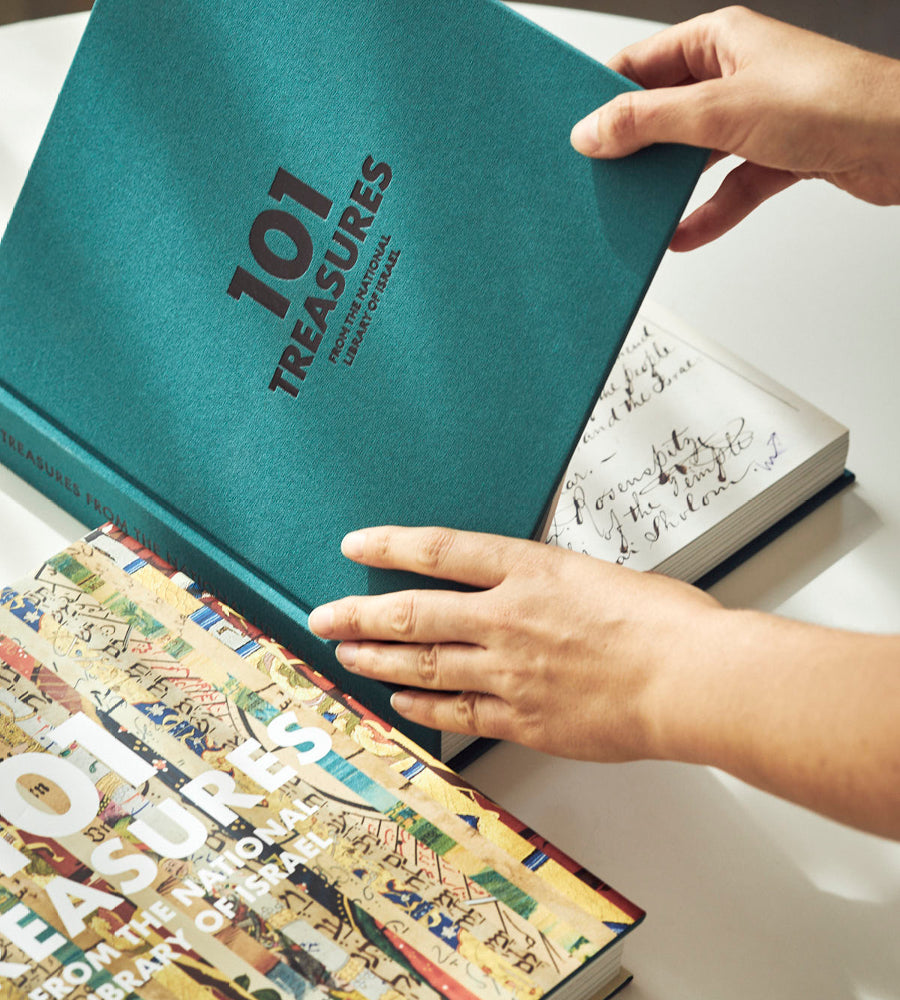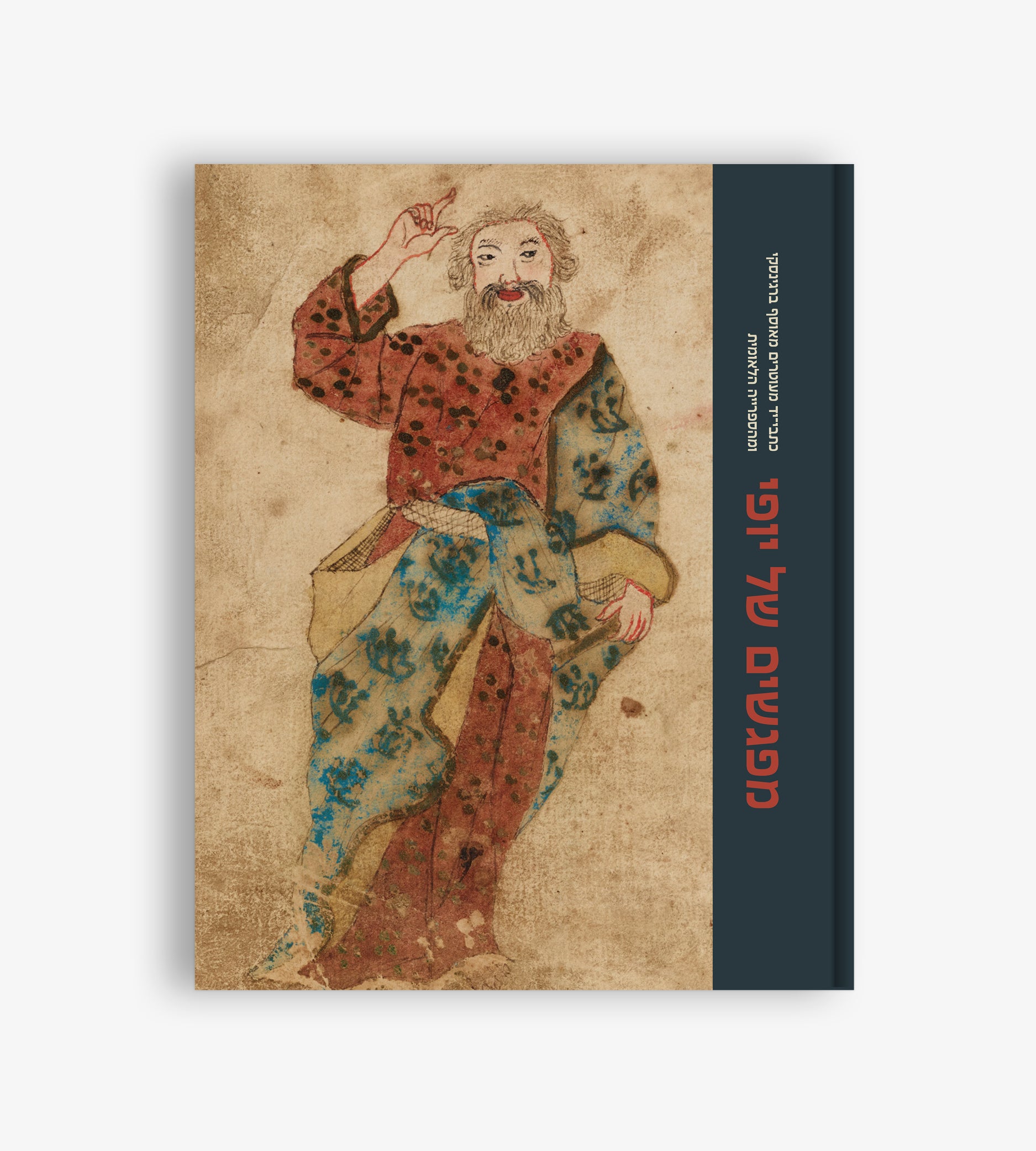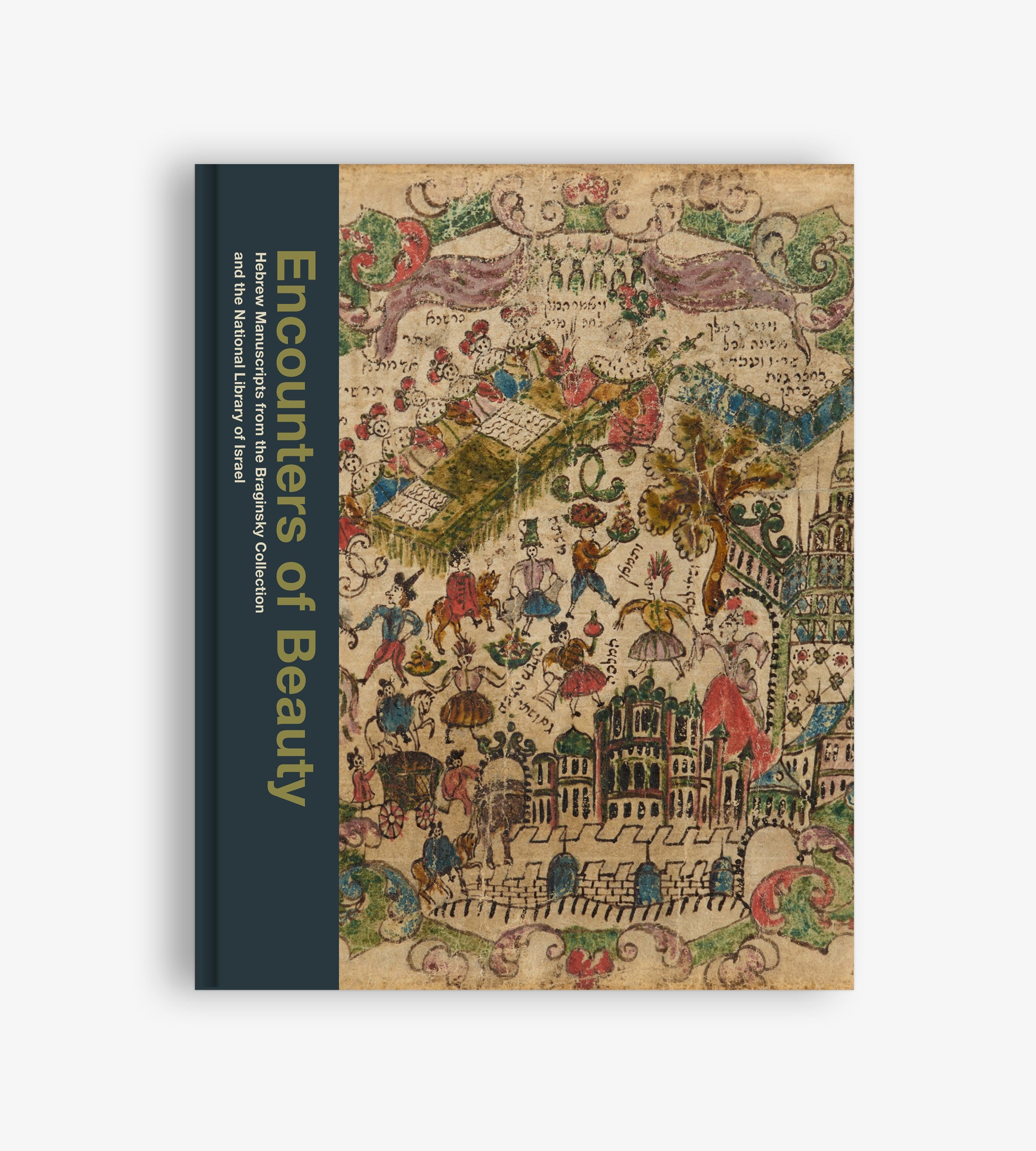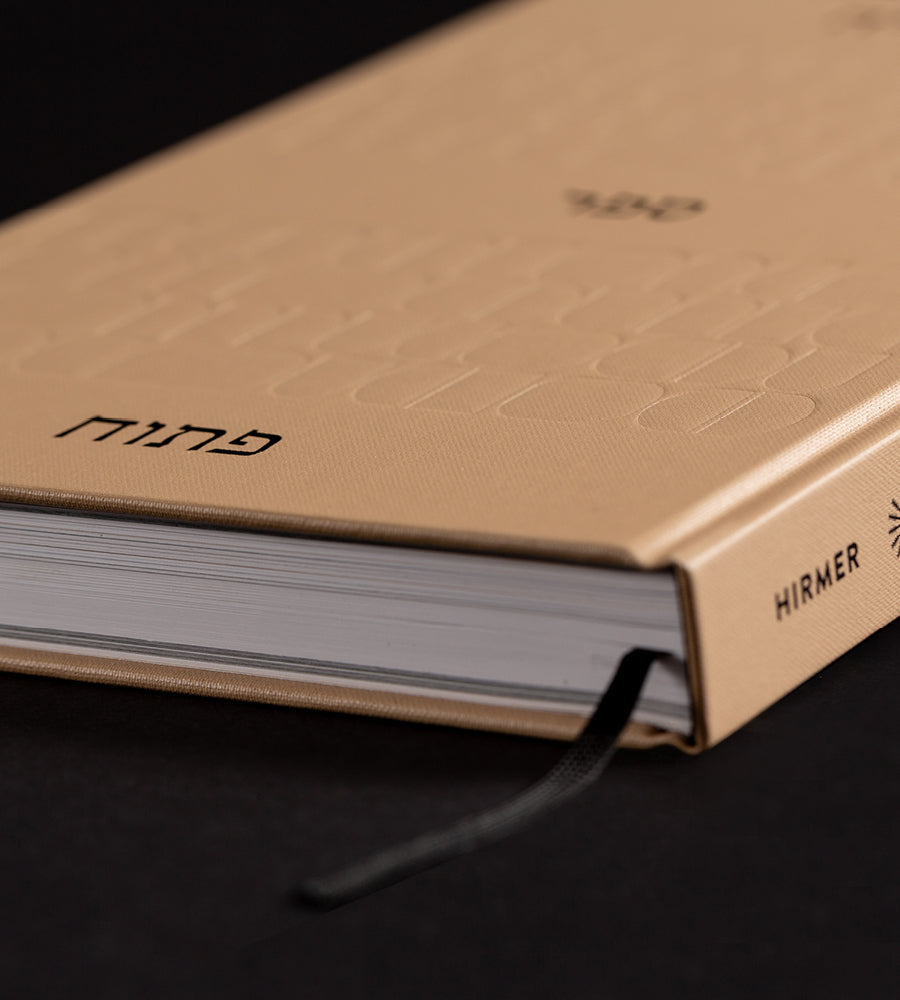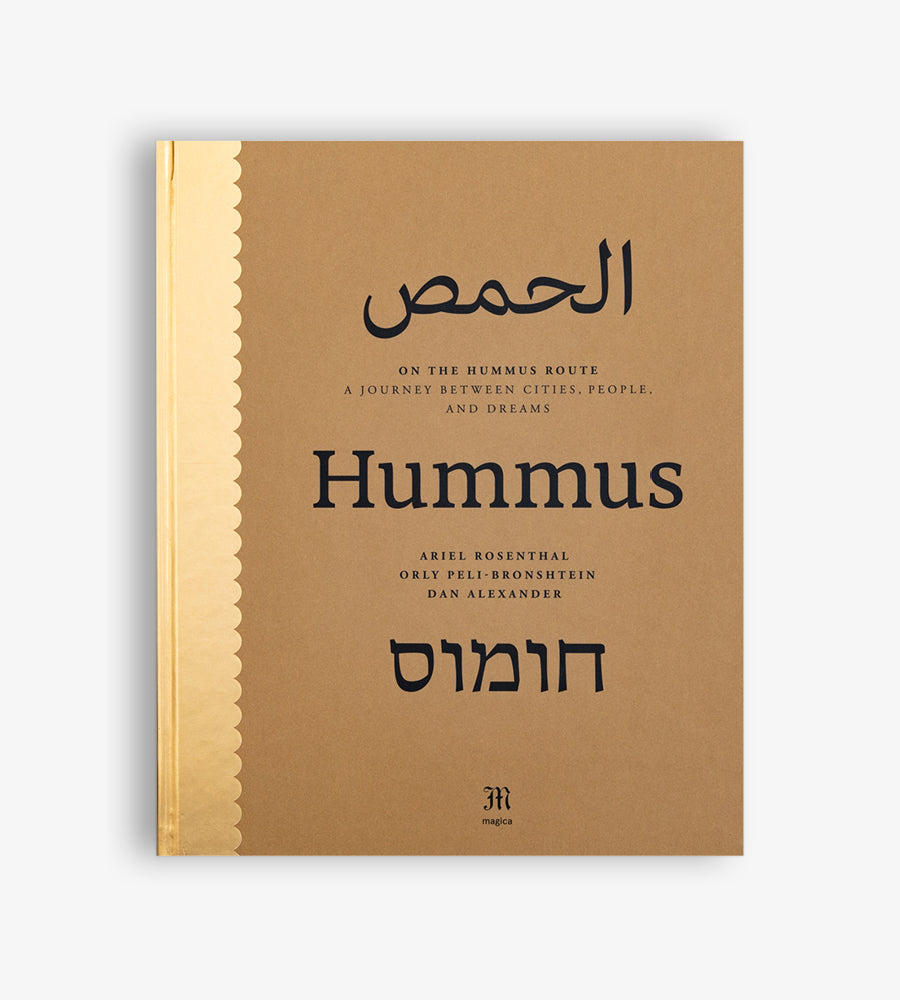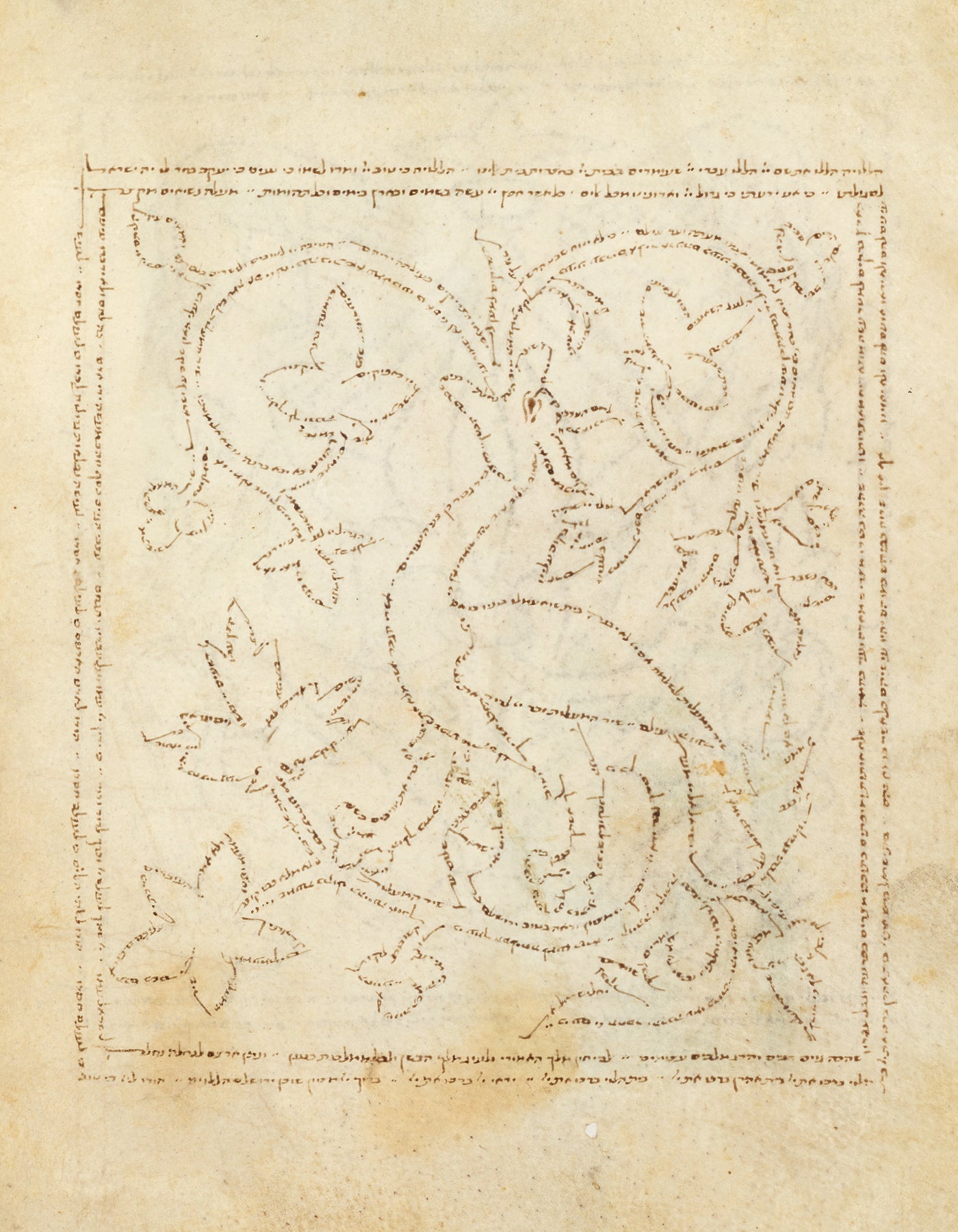
Loyalty and Poetry
Idan Perez

Don’t let its beauty blind you. Underneath the gold leaf and creative micrographic drawings of the Catalan Mahzor lies one of the most important historical witnesses to the unique medieval liturgy of the small but influential Catalan Jewish community.
Written in Barcelona between 1336 and 1346, it includes a compilation of all the piyyutim (liturgical poems) recited on Rosh Hashanah and Yom Kippur. The Catalan tradition placed great emphasis on these piyyutim, inserted into the traditional Shema and Amidah blessings.
Catalan Jews suffered intensely after the massacres of 1391, which were followed by immense pressure to convert to Christianity. Some fled the Iberian Peninsula even before the forced expulsion of 1492. After 1492, the Jews of Catalonia established communities in Italy, the Ottoman Empire, North Africa, and the Land of Israel, where they maintained their traditions and continued praying following the nusach Catalonia (the Catalonian liturgy).
Many leading Jewish scholars — including some of the early medieval Geonim (Babylonian rabbinic and political leaders), Maimonides, and, later, Rabbi Joseph Karo, the influential sixteenth-century legal decisor and author of the canonical code of Jewish law, Shulhan Arukh — opposed the emphasis on piyyutim. Nevertheless, those who prayed according to the Catalon rite maintained their dedication to the recitation of piyyutim.
This Mahzor manuscript was taken by the Catalan exiles to Italy, then to Greece, and finally to Germany. It was smuggled out of Europe during World War II, sold in a public auction in 1984, and subsequently donated to the National Library.


